When it comes to keeping your lifting operations efficient and safe, regular maintenance of jib crane components is not just recommended — it’s essential. Like any material-handling system, jib cranes experience natural wear and tear, especially when exposed to harsh environments or continuous use. Neglecting maintenance can lead to reduced performance, costly downtime, and even serious safety risks.
In this guide, we’ll explore which jib crane components need frequent maintenance, how to extend their lifespan, and the best practices to ensure your crane keeps running at peak performance.
Table of Contents
ToggleUnderstanding Why Maintenance Matters
Jib cranes operate in a variety of demanding conditions — from indoor manufacturing lines to outdoor construction and marine environments. Environmental factors such as humidity, temperature fluctuations, dust, and debris can accelerate component wear.
Regular maintenance ensures:
- Operational safety: Prevents unexpected breakdowns and accidents.
- Extended equipment life: Keeps critical parts performing efficiently.
- Compliance: Meets WorkSafe and other industry safety regulations.
- Reduced costs: Avoids expensive emergency repairs or replacements.
1. Boom (Jib Arm) and Mast
The boom (horizontal arm) and mast (vertical support) form the structural core of a jib crane. These components bear the full load weight, rotational stress, and environmental exposure.
What to Inspect:
- Cracks, rust, and deformation on the boom and mast.
- Loose bolts or welds around the base or pivot points.
- Corrosion in outdoor installations due to moisture or salt exposure.
Maintenance Tips:
- Apply anti-corrosion coatings and repaint surfaces as needed.
- Inspect rotation bearings and lubricate them regularly.
- Tighten anchor bolts and check for alignment issues.
Outdoor cranes, particularly in coastal or humid regions, need more frequent inspections since metal fatigue and rust can develop faster.
Related reading: Why Jib Crane Components Matter in Safe Lifting Systems
2. Hoist and Trolley System
The hoist is the lifeline of any jib crane — it performs the actual lifting and lowering of loads, while the trolley allows smooth horizontal movement along the jib.
What to Inspect:
- Wire ropes or chains for fraying, kinks, or elongation.
- Hook latch condition and wear.
- Brake systems for slippage.
- Lubrication of trolley wheels and bearings.
Maintenance Tips:
- Follow manufacturer guidelines for hoist lubrication intervals.
- Replace worn hooks or chains immediately to prevent load failure.
- Keep trolley rails free from dust, debris, and grease buildup.
If operating outdoors, keep the hoist covered when idle to prevent moisture ingress. The Articulated Jib Crane – Wall Mounted from Aardwolf, for example, benefits from periodic lubrication of its pivot points to ensure smooth articulation even in variable climates.
Product spotlight: Articulated Jib Crane – Wall Mounted
3. Slewing and Bearing Assemblies
These assemblies allow the crane to rotate and maneuver loads efficiently. Over time, dust, moisture, and friction can affect movement precision.
What to Inspect:
- Bearing noise or vibration during rotation.
- Grease contamination or signs of leakage.
- Uneven rotation or stiffness.
Maintenance Tips:
- Apply fresh grease to bearing assemblies every 3–6 months.
- Protect slewing joints with weatherproof seals.
- Regularly check and tighten fasteners around the pivot points.
Read more: How Do Jib Crane Components Improve Load Handling?
4. Electrical and Control Systems
Modern jib cranes often include electric hoists, control pendants, and festoon systems. These components are highly sensitive and prone to degradation if not maintained properly.
What to Inspect:
- Wiring insulation for cracks, corrosion, or rodent damage.
- Switches and control buttons for responsiveness.
- Power supply connectors for loose or exposed terminals.
Maintenance Tips:
- Store control pendants in a dry, enclosed box when not in use.
- Inspect cables for bends, cuts, and exposure.
- Replace damaged control components immediately to prevent electrical faults.
5. Base and Foundation
The foundation anchors the entire crane and absorbs operational stresses. Outdoor cranes face more movement due to ground temperature changes and moisture exposure.
What to Inspect:
- Anchor bolts for tightness and corrosion.
- Base plate for cracks or displacement.
- Floor integrity in case of concrete installations.
Maintenance Tips:
- Re-torque bolts at least twice a year.
- Keep the area around the base free from debris and standing water.
- Apply protective coatings to metal surfaces.
For a deeper understanding of component variety, check out What Makes Jib Crane Components Different from Others?
Seasonal Maintenance: Outdoor vs. Indoor Use
Outdoor jib cranes face extreme conditions that require extra care:
- Summer: Heat and humidity thin out grease and accelerate metal fatigue.
- Winter: Cold makes metals brittle; use heated panels or rails to prevent freezing.
- Rain: Cover hoists and electrical components when idle.
Just as Countertop Fabricator equipment must be shielded from dust and moisture, jib cranes also benefit from protective covers and controlled environments whenever possible.
Learn about Granite Countertop Installation safety and precision standards.
6. Preventive Maintenance Schedule
To avoid costly downtime, establish a regular inspection and maintenance plan:
| Interval | Task |
|---|---|
| Daily | Visual inspection of hoist, hook, and electrical cables |
| Weekly | Clean rails, test rotation, and lubricate moving parts |
| Monthly | Check all bolts, trolleys, and limit switches |
| Quarterly | Grease bearings, inspect structure, and test load capacity |
| Annually | Full professional inspection and load testing |
Final Thoughts
Regular maintenance of jib crane components is the foundation of safe, efficient, and long-lasting lifting operations. Paying close attention to the boom, hoist, bearings, and electrical systems can dramatically reduce downtime and extend your crane’s lifespan.
Whether you operate indoors or outdoors, always tailor your maintenance schedule to your environment and workload intensity. For reliable solutions and replacement parts, explore more crane products to keep your lifting operations running safely and efficiently.
For more: Countertop Fabricator

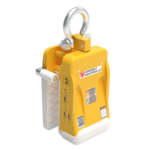
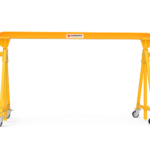
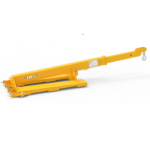
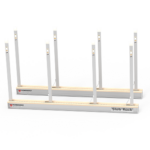
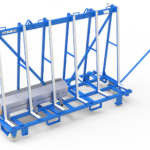
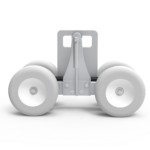
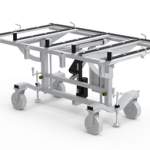
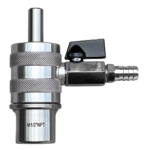
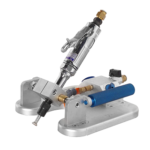
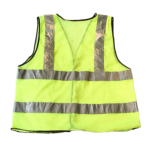
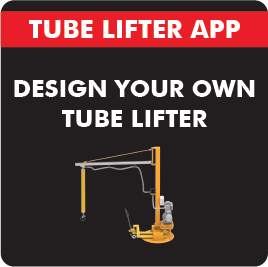
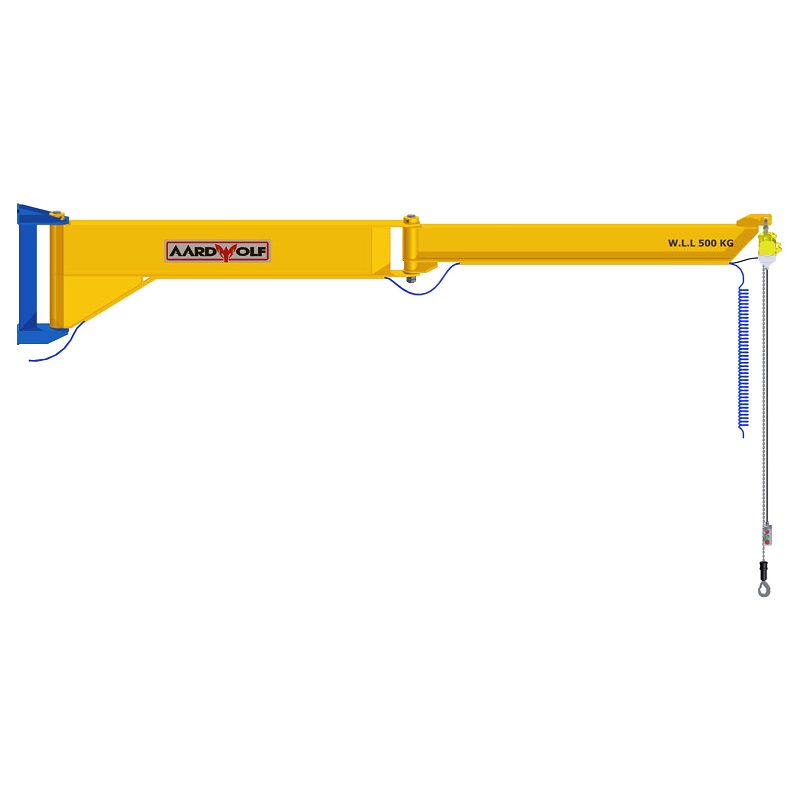
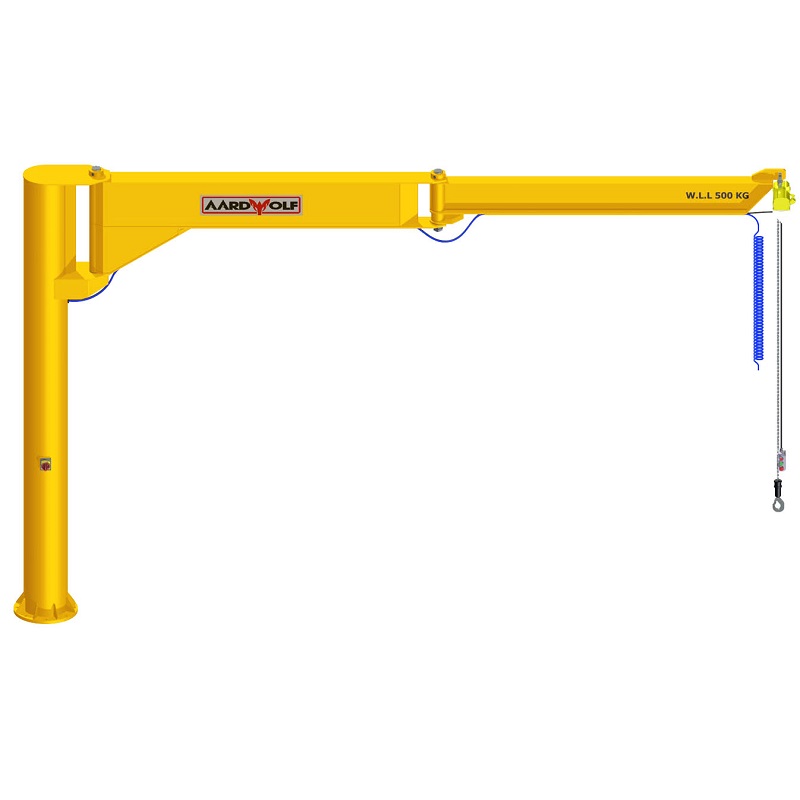
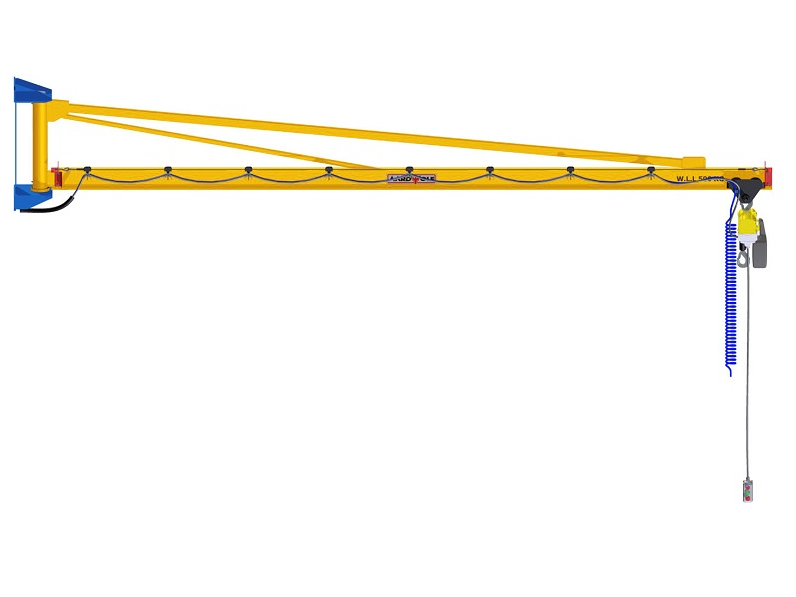
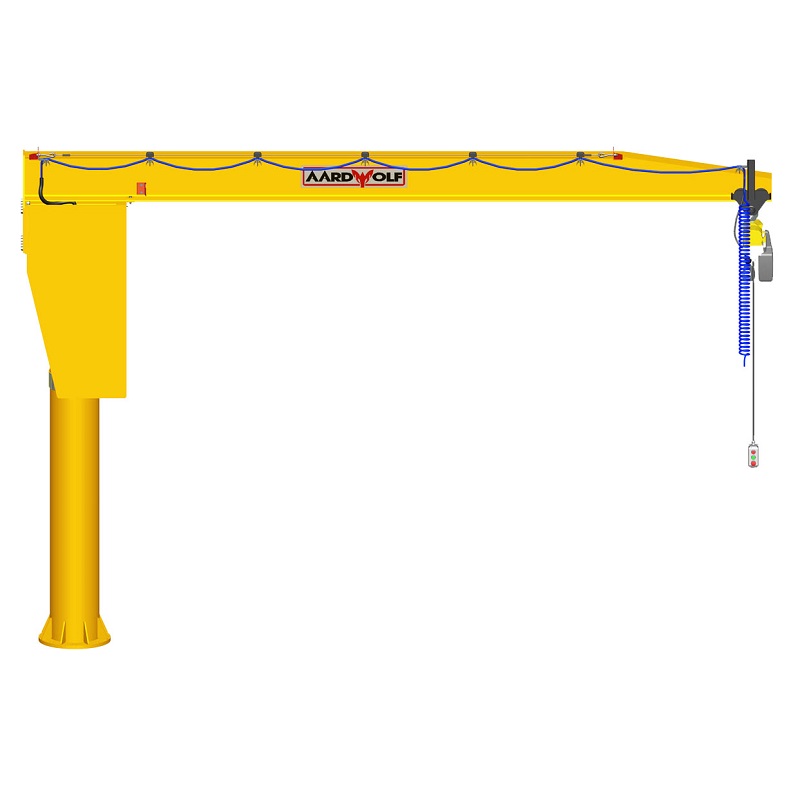


Please log in to leave a comment.